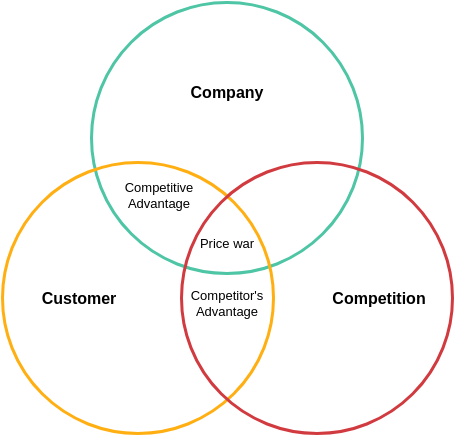Build RL on Mac OS The Robotics Library uses CMake as a build system. It can generate project files for various platforms, e.g., Makefiles or XCode project files. Please note that Mac OS support of the Robotics Library is in an experimental stage. The following tutorial has only been tested for High Sierra and may need to be adapted for other. Sleek, Compact, Quiet Design Year 2013-2019 - Model 6,1. Processor: Configure from a 4‑core to 12‑core Intel Xeon E5 v2 Ivy Bridge processor Memory: Configure up to 64GB of DDR3 1866MHz ECC memory or 128GB of DDR3 1066MHz in 4 DIMM slots Graphics: Configure dual AMD Radeon Pro D300 2GB, D500 3GB, or D700 6GB Graphics Storage: Configure up to 8TB of SSD storage.
Before you begin: If you need to backup your device data, back it up before performing this upgrade.
Warning: You will NOT be able to downgrade to previous versions of BlackBerry 10 after loading 10.3.2 or 10.3.3.

Download the appropriate Autoloader above. Your model number can be found under Settings › About › General
Turn off your BlackBerry 10 Dev Alpha device.
Run the downloaded Autoloader file.
When you see the prompt “Connecting to Bootrom”, connect your device to your computer and turn it on.
If you have a password set on your device, type your password when you are prompted.
After your device restarts, complete the set up wizard.
Note:
Mac Os Catalina
You may attempt to load the latest Dev Alpha B update onto your Dev Alpha A, however the Dev Alpha A is no longer officially supported as of 10.1.0.1485. If you encounter any issues, downgrade to 10.0.10.263 using the Autoloader method. You can download the 10.0.10.263 Autoloader here.Model Builder Mac Os Download
The 10.3 SDK OS (10.3.0.442) is also being made available to those developers who would like to test on their BlackBerry 10 device. You'll need to find your device model number and then download the corresponding Autoloader above. The model number can be found under Settings › About › General.
This SDK OS update is only for testing purposes and does not replace your full BlackBerry 10 OS. To revert your BlackBerry 10 device to a public OS release, follow the steps outlined in this Knowledge Base Article. Using BlackBerry Link, you will be able to reload your device software to a full OS and, if needed, download any OS updates from your carrier.
A Mac OS X version of the Autoloader is not available at this time. Users wanting to upgrade will need to locate a Windows compatible machine.
ModelBuilder is an application you use to create, edit, and manage models. Models are workflows that string together sequences of geoprocessing tools, feeding the output of one tool into another tool as input. ModelBuilder can also be thought of as a visual programming language for building workflows.
While ModelBuilder is very useful for constructing and executing simple workflows, it also provides advanced methods for extending ArcGIS functionality by allowing you to create and share your models as tool.
ModelBuilder can even be used to integrate ArcGIS with other applications. An example is provided below:
The above model is used by a municipality to send e-mail notifications to all addresses within 1 mile of an address for which a building permit application is filed. The model starts with a feature class of multiple permit application point locations. This feature class is fed into an iterator that loops over each individual point and feeds the point into the Select Layer By Location tool, where all addresses (parcels) within 1 mile of the point are selected. These addresses are then passed to a custom script tool (one that you or your colleague created), Generate Mailing List, that executes Python code to output a mailing list in HTML format. Finally, the mailing list is fed to another custom script tool, Send Email Notifications, which runs a custom executable that sends e-mail notifications and produces a success code.

The benefits of ModelBuilder can be summarized as follows:
- ModelBuilder is an easy-to-use application for creating and running workflows containing a sequence of tools.
- You can create your own tools with ModelBuilder. Tools you create with ModelBuilder can be used in Python scripting and other models.
- ModelBuilder, along with scripting, is a way for you to integrate ArcGIS with other applications.
If you have never used ModelBuilder, start with the Executing tools in ModelBuilder tutorial.
If interested in creating custom tools with ModelBuilder, see A quick tour of creating tools with ModelBuilder and the Creating tools with ModelBuilder tutorial.